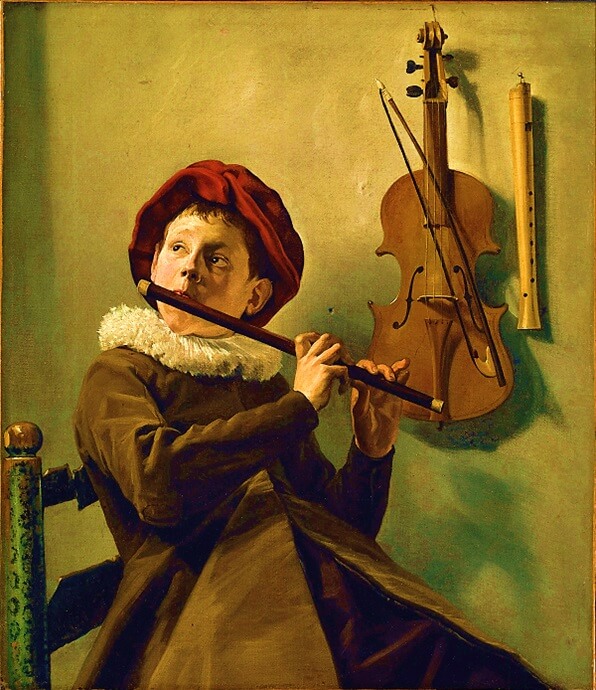 Whimsical Woodwinds and Boisterous Brass
Woodwinds and Brass
Whimsical Woodwinds and Boisterous Brass
Woodwinds and Brass

 Whimsical Woodwinds and Boisterous Brass
Woodwinds and Brass
Whimsical Woodwinds and Boisterous Brass
Woodwinds and Brass

Study the musical selection for one week.
Over the week:

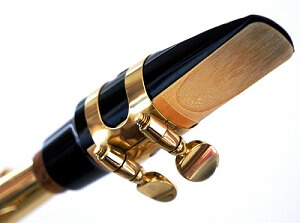
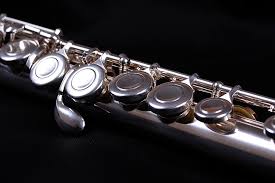
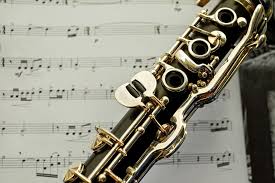
Activity 1: Review the Parts of a Flute
Study the parts on the labeled picture of the flute.
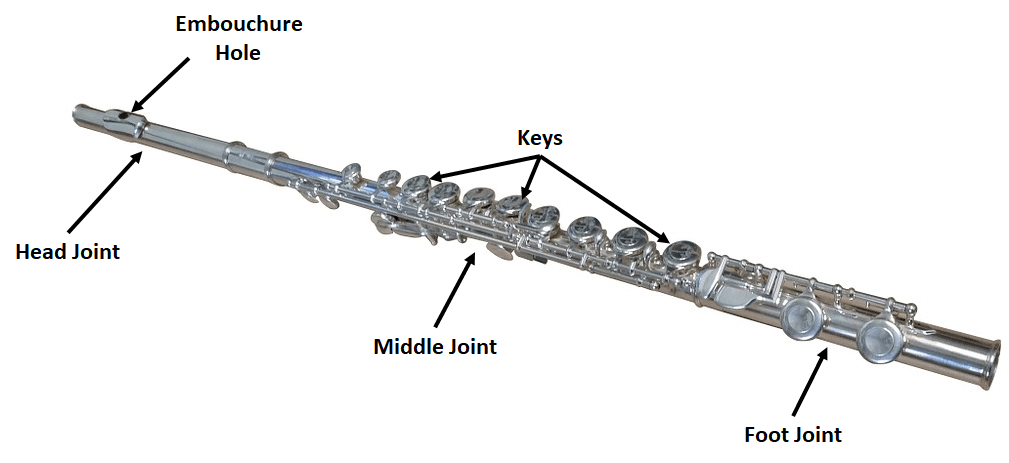
Activity 2: Review How to Hold and Play a Flute
Examine the picture of the flutist and answer the following questions:

Activity 3: Quiz Yourself: Identify Flute Parts
Quiz yourself, and identify the following parts from memory on the flute:
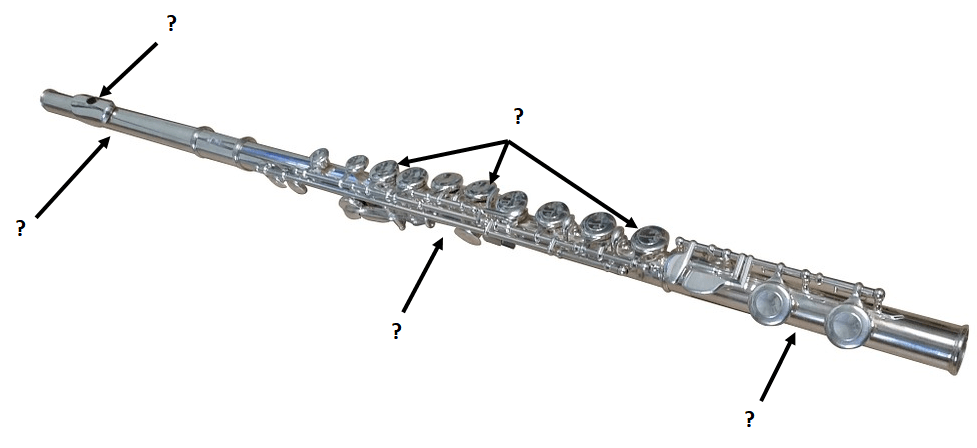
Activity 4: Can You Find It?
Study the lesson painting, 'Boy Playing the Flute,' by Judith Leyster, and find the following:
